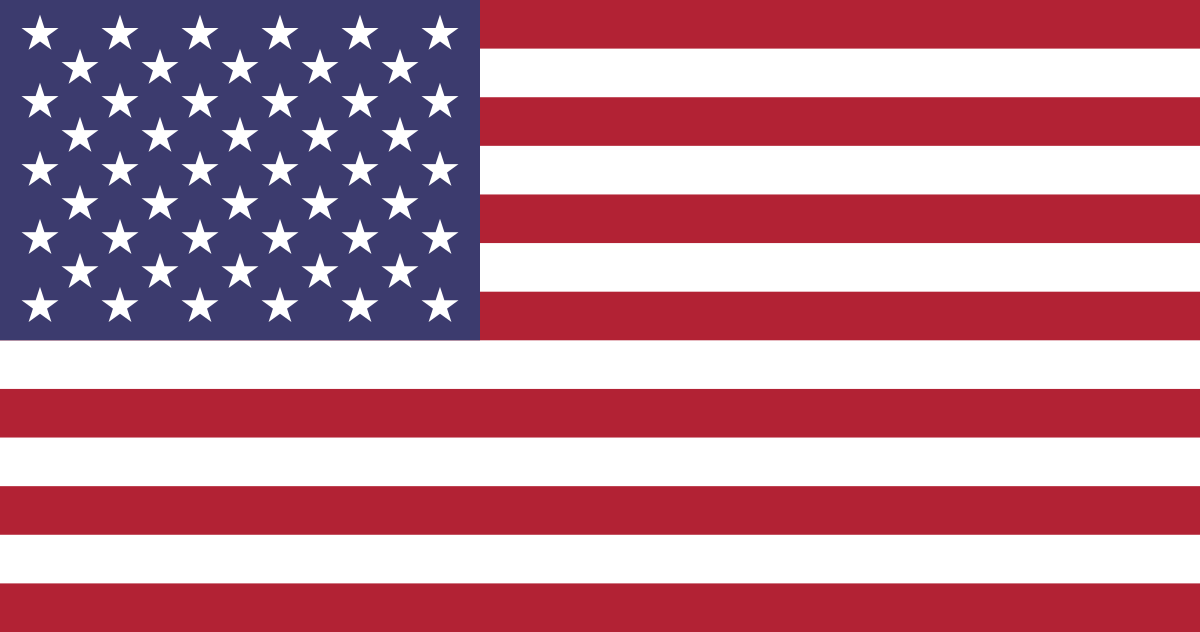
Bernice Harding
Understanding Fridges and Freezers: The Essential Kitchen Appliances
Fridges and freezers are two of the most necessary devices in modern cooking areas. These appliances serve a vital role in food conservation and waste reduction by making sure that perishable products remain fresh and safe for consumption. This short article explores the numerous types of fridges and freezers, their functionalities, and essential factors to consider for choice and upkeep.
Kinds of Refrigerators
The market provides a variety of refrigerator types, each designed to satisfy various consumer requirements. Below is a list of the most common kinds of fridges:
Top-Freezer Refrigerators
Most common type.Freezer compartment is located above the refrigerator area.Normally more affordable and energy-efficient.
Bottom-Freezer Refrigerators
Freezer is located at the bottom.Permits simpler access to fresh products at eye level.Frequently features pull-out drawers for better company.
Side-by-Side Refrigerators
Refrigerator and freezer areas are nearby.Suitable for narrow cooking areas and permits easy access to both compartments.Typically comes with water and ice dispensers.
French Door Refrigerators
Combines a bottom freezer with double doors at the top.Deals sufficient storage and stylish designs.Often includes functions like temperature-controlled drawers.
Compact Refrigerators
Smaller sized size perfect for minimal areas.Commonly utilized in dormitory, studio apartments, or as secondary fridges.Table 1: Comparison of Refrigerator TypesTypeBenefitsDrawbacksTypical SizeTop-FreezerCost effective, energy-efficientLess convenient access to the freezer14-30 cu. ft.Bottom-FreezerSimpler access to fresh foodFreezer can be harder to organize19-30 cu. ft.Side-by-SideEasy gain access to, water/ice dispenserNarrow vs. storage space22-30 cu. ft.French DoorTrendy, spacious, arrangedMore expensive20-30+ cu. ft.CompactSpace-saving, portableMinimal storage1.7-5.5 cu. ft.Types of Freezers
Freezers are an equally important device for food conservation. They come in various designs designed to fit various home requirements. Think about the list below types:
Upright Freezers
Operate like a basic refrigerator with vertical storage.Simpler to arrange with racks and compartments.
Chest Freezers
Large, horizontal design generally offering more storage space.Maintains temperature levels much better throughout power failures.More energy-efficient than upright designs.
Portable Freezers
Compact systems ideal for outside activities or small areas.Typically utilized for camping journeys or as short-term storage.Table 2: Comparison of Freezer TypesTypeBenefitsDrawbacksNormal SizeUpright FreezerMuch easier to organizeLess energy-efficient, more floor space5-20 cu. ft.Chest FreezerHolds more items, energy-efficientHarder to arrange5-25 cu. ft.Portable FreezerCompact and flexibleMinimal storage capacity1-10 cu. ft.Key Features to Consider
When selecting a fridge or freezer, consumers must keep in mind numerous features that can improve performance:
Energy Efficiency: Look for designs with the ENERGY STAR certification to save money on electricity costs.Storage Capacity: Evaluate storage requirements based upon family size and eating habits.Temperature level Control: Some appliances use digital controls for precise temperature settings.Adjustable Shelving: Customizable shelving enables ideal organization.Water and Ice Dispenser: Offers convenience however can use up valuable area inside.Noise Level: Sound rankings can affect comfort, specifically in open-concept homes.Benefits and drawbacks of Having a Fridge and Freezer
While fridges and freezers are vital technologies, they also have certain benefits and downsides:
ProsConsPreserve food lifespan and decrease wasteRequire regular upkeepEnable bulk purchasing and meal preppingCan be expensive to buy and runOffer convenience and quick access to foodInhabit significant kitchen areaUpkeep Tips
To make sure longevity and optimal efficiency of fridges and freezers, consider the following upkeep tips:
Regular Cleaning: Clean the interior and outside periodically to prevent accumulation of dirt and germs.Examine Seals: Inspect door seals routinely for leakages to preserve performance.Temperature Settings: Keep the fridge at 34-38 ° F and the freezer at 0 ° F for ideal food conservation.Thaw as Needed: Chest freezers must be defrosted routinely to maintain efficiency.Clear Air Vents: Ensure that air flow isn't blocked to improve energy efficiency.FAQs About Fridges and Freezers
Q1: How long can food be kept in a freezer?A: Most foods can be kept in a freezer for numerous months. Meats and poultry typically last 4-12 months, while veggies can last approximately 8-12 months.
Q2: How typically need to I clean my fridge and freezer?A: It is advisable to clean your fridge and freezer every 3 to 6 months, or as required when spills occur. Q3: Can I put hot food straight in the fridge?A: It is advised to cool hot food to space temperature level before placing it in the fridge to avoid
raising the temperature level inside the device. Q4: Why is my fridge running constantly?A: This might be due to a malfunctioning thermostat, stopped up coils, or door seals that aren't working appropriately. Fridges and freezers are invaluable
possessions to modern homes, providing vital services for food storage and preservation.
Understanding the different types, functions, and maintenance requirements can help customers choose the best fridges (https://www.raneebuther.top/technology/stay-cool-A-complete-guide-to-choosing-the-perfect-fridge-freezer-for-your-home/) home appliances for their requirements and maximize their performance. Welcoming energy-efficient models not just supports sustainable practices however also adds to significant savings on energy bills, making notified options more vital than ever.
Fridges and freezers are two of the most necessary devices in modern cooking areas. These appliances serve a vital role in food conservation and waste reduction by making sure that perishable products remain fresh and safe for consumption. This short article explores the numerous types of fridges and freezers, their functionalities, and essential factors to consider for choice and upkeep.
Kinds of Refrigerators
The market provides a variety of refrigerator types, each designed to satisfy various consumer requirements. Below is a list of the most common kinds of fridges:
Top-Freezer Refrigerators
Most common type.Freezer compartment is located above the refrigerator area.Normally more affordable and energy-efficient.
Bottom-Freezer Refrigerators
Freezer is located at the bottom.Permits simpler access to fresh products at eye level.Frequently features pull-out drawers for better company.
Side-by-Side Refrigerators
Refrigerator and freezer areas are nearby.Suitable for narrow cooking areas and permits easy access to both compartments.Typically comes with water and ice dispensers.
French Door Refrigerators
Combines a bottom freezer with double doors at the top.Deals sufficient storage and stylish designs.Often includes functions like temperature-controlled drawers.
Compact Refrigerators
Smaller sized size perfect for minimal areas.Commonly utilized in dormitory, studio apartments, or as secondary fridges.Table 1: Comparison of Refrigerator TypesTypeBenefitsDrawbacksTypical SizeTop-FreezerCost effective, energy-efficientLess convenient access to the freezer14-30 cu. ft.Bottom-FreezerSimpler access to fresh foodFreezer can be harder to organize19-30 cu. ft.Side-by-SideEasy gain access to, water/ice dispenserNarrow vs. storage space22-30 cu. ft.French DoorTrendy, spacious, arrangedMore expensive20-30+ cu. ft.CompactSpace-saving, portableMinimal storage1.7-5.5 cu. ft.Types of Freezers
Freezers are an equally important device for food conservation. They come in various designs designed to fit various home requirements. Think about the list below types:
Upright Freezers
Operate like a basic refrigerator with vertical storage.Simpler to arrange with racks and compartments.
Chest Freezers
Large, horizontal design generally offering more storage space.Maintains temperature levels much better throughout power failures.More energy-efficient than upright designs.
Portable Freezers
Compact systems ideal for outside activities or small areas.Typically utilized for camping journeys or as short-term storage.Table 2: Comparison of Freezer TypesTypeBenefitsDrawbacksNormal SizeUpright FreezerMuch easier to organizeLess energy-efficient, more floor space5-20 cu. ft.Chest FreezerHolds more items, energy-efficientHarder to arrange5-25 cu. ft.Portable FreezerCompact and flexibleMinimal storage capacity1-10 cu. ft.Key Features to Consider
When selecting a fridge or freezer, consumers must keep in mind numerous features that can improve performance:
Energy Efficiency: Look for designs with the ENERGY STAR certification to save money on electricity costs.Storage Capacity: Evaluate storage requirements based upon family size and eating habits.Temperature level Control: Some appliances use digital controls for precise temperature settings.Adjustable Shelving: Customizable shelving enables ideal organization.Water and Ice Dispenser: Offers convenience however can use up valuable area inside.Noise Level: Sound rankings can affect comfort, specifically in open-concept homes.Benefits and drawbacks of Having a Fridge and Freezer
While fridges and freezers are vital technologies, they also have certain benefits and downsides:
ProsConsPreserve food lifespan and decrease wasteRequire regular upkeepEnable bulk purchasing and meal preppingCan be expensive to buy and runOffer convenience and quick access to foodInhabit significant kitchen areaUpkeep Tips
To make sure longevity and optimal efficiency of fridges and freezers, consider the following upkeep tips:
Regular Cleaning: Clean the interior and outside periodically to prevent accumulation of dirt and germs.Examine Seals: Inspect door seals routinely for leakages to preserve performance.Temperature Settings: Keep the fridge at 34-38 ° F and the freezer at 0 ° F for ideal food conservation.Thaw as Needed: Chest freezers must be defrosted routinely to maintain efficiency.Clear Air Vents: Ensure that air flow isn't blocked to improve energy efficiency.FAQs About Fridges and Freezers
Q1: How long can food be kept in a freezer?A: Most foods can be kept in a freezer for numerous months. Meats and poultry typically last 4-12 months, while veggies can last approximately 8-12 months.
Q2: How typically need to I clean my fridge and freezer?A: It is advisable to clean your fridge and freezer every 3 to 6 months, or as required when spills occur. Q3: Can I put hot food straight in the fridge?A: It is advised to cool hot food to space temperature level before placing it in the fridge to avoid
raising the temperature level inside the device. Q4: Why is my fridge running constantly?A: This might be due to a malfunctioning thermostat, stopped up coils, or door seals that aren't working appropriately. Fridges and freezers are invaluable
possessions to modern homes, providing vital services for food storage and preservation.
Understanding the different types, functions, and maintenance requirements can help customers choose the best fridges (https://www.raneebuther.top/technology/stay-cool-A-complete-guide-to-choosing-the-perfect-fridge-freezer-for-your-home/) home appliances for their requirements and maximize their performance. Welcoming energy-efficient models not just supports sustainable practices however also adds to significant savings on energy bills, making notified options more vital than ever.
Made By Litpages
 Italian
Italian
 हिन्दी
हिन्दी
 Arabic
Arabic
 Chinese
Chinese
 English
English
 French
French
 German
German
 Portuguese
Portuguese
 Russian
Russian
 Spanish
Spanish
 Turkish
Turkish
 Vietnamese
Vietnamese
